Audi R8's LED Headlights Save the Planet
Wheels Weekly (WW) has the heads-up on Ingolstadt’s claim that the LED headlights adorning the front of their uber-R8 are good for Mother Earth. The blogger-in-chief’s prose sounds a bit like the flanking English translation in a German airplane magazine, but he nails it in the incredulity department. “Now as times are tough for manufacturers, every little selling point are scavenged and placed under a magnifying glass looking to woo any sort of buyers they can gather, pretty much the case with this Audi R8 V10, we’re abit loss [sic] reading an entire page of press release which had nothing to do with Nurburgring records or skidpad figures, rather, boasting about its all LED headlamp, how much CO2 it saves.” It’s not an entire page of greenery, and I’m a big fan of incrementalism. And a car nerd. But it is strange world where Audi’s Head of the “Light and Visibility Department” trumpets CO2 savings. [excerpt after the jump]
“The order book opened in Britain for the V10 engined Audi R8 this month (1 January) and with it the German car manufacturer demonstrated another element of its pioneering Vorsprung durch Technik technology. The range-topping R8 is the first car in the world to be equipped with all-LED (light emitting diode) headlamps. For the first time the high intensity diodes have been used for low beam and high beam settings, as well as for daytime running lights and indicators, intensifying the sports car’s visual drama…
Greater safety, lower fuel consumption
LEDs can also reduce a vehicle’s fuel consumption. When daytime running lights become mandatory in the European Union in May 2011, Audi models with on-board LED technology will be ahead of the competition.
Drivers in a lot of European countries – such as Italy, Denmark, Finland, Estonia, and Sweden – already must use their lights during the day. As a result, just one vehicle’s conventional low-beam headlights, taillights, and license-plate illumination consume some 200 watts – which the alternator must constantly generate.
By comparison, a mere 15 watts is required to power the new Audi A4’s modern LED daytime running lights, which have the added advantage of far better visibility for other road users. All in all, that equates to a decrease of about 0.2 litres of fuel per 100 kilometres and about 4 grams fewer CO2 emissions per kilometre.
A statistical example clearly illustrates the significance of these figures: Thanks to this new technology, the Audi models with LED daytime running lights sold in 2008 alone consumed – during just their first year in use – about 10 million fewer litres of fuel and emitted approximately 25,000 fewer metric tons of CO2.
More by Robert Farago
Latest Car Reviews
Read moreLatest Product Reviews
Read moreRecent Comments
- TheEndlessEnigma I would mandate the elimination of all autonomous driving tech in automobiles. And specifically for GM....sorry....gm....I would mandate On Star be offered as an option only.Not quite the question you asked but.....you asked.
- MaintenanceCosts There's not a lot of meat to this (or to an argument in the opposite direction) without some data comparing the respective frequency of "good" activations that prevent a collision and false alarms. The studies I see show between 25% and 40% reduction in rear-end crashes where AEB is installed, so we have one side of that equation, but there doesn't seem to be much if any data out there on the frequency of false activations, especially false activations that cause a collision.
- Zerocred Automatic emergency braking scared the hell out of me. I was coming up on a line of stopped cars that the Jeep (Grand Cherokee) thought was too fast and it blared out an incredibly loud warbling sound while applying the brakes. I had the car under control and wasn’t in danger of hitting anything. It was one of those ‘wtf just happened’ moments.I like adaptive cruise control, the backup camera and the warning about approaching emergency vehicles. I’m ambivalent about rear cross traffic alert and all the different tones if it thinks I’m too close to anything. I turned off lane keep assist, auto start-stop, emergency backup stop. The Jeep also has automatic parking (parallel and back in), which I’ve never used.
- MaintenanceCosts Mandatory speed limiters.Flame away - I'm well aware this is the most unpopular opinion on the internet - but the overwhelming majority of the driving population has not proven itself even close to capable of managing unlimited vehicles, and it's time to start dealing with it.Three important mitigations have to be in place:(1) They give 10 mph grace on non-limited-access roads and 15-20 on limited-access roads. The goal is not exact compliance but stopping extreme speeding.(2) They work entirely locally, except for downloading speed limit data for large map segments (too large to identify with any precision where the driver is). Neither location nor speed data is ever uploaded.(3) They don't enforce on private property, only on public roadways. Race your track cars to your heart's content.
- GIJOOOE Anyone who thinks that sleazbag used car dealers no longer exist in America has obviously never been in the military. Doesn’t matter what branch nor assigned duty station, just drive within a few miles of a military base and you’ll see more sleazbags selling used cars than you can imagine. So glad I never fell for their scams, but there are literally tens of thousands of soldiers/sailors/Marines/airmen who have been sold a pos car on a 25% interest rate.



















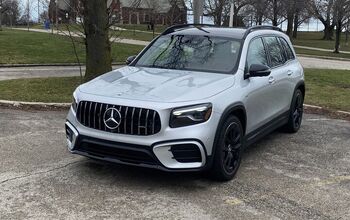
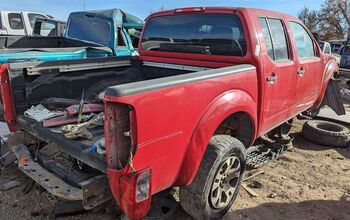
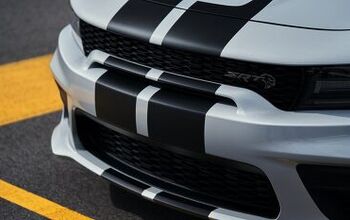
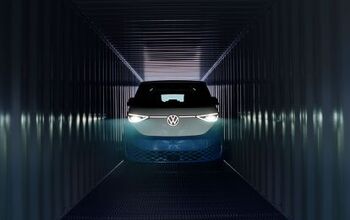
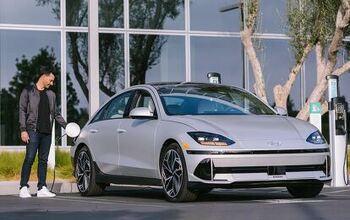
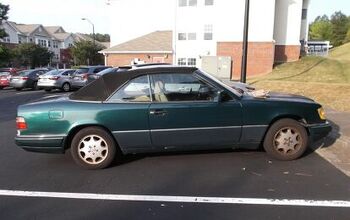
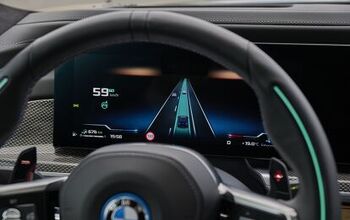
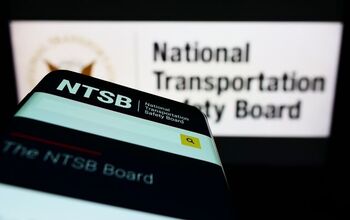
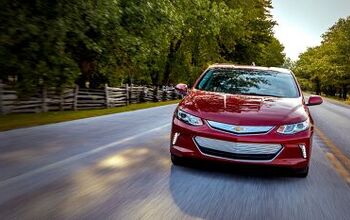
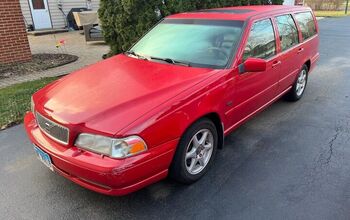
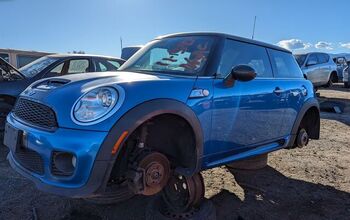
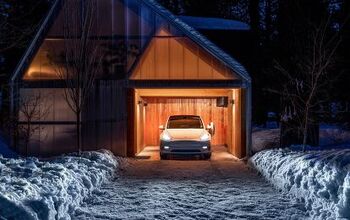
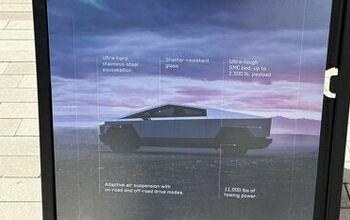
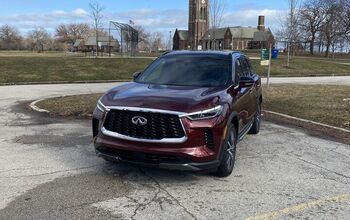
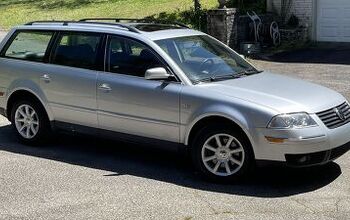
Comments
Join the conversation
Full Led Systems are the way car manufacturers need to go. they save power. crisper light so you can see a lot better in adverse weather conditions, they come with the technology to automatically adjust the beam so you dont end up with some tard behind you with a boot full of crap aiming the light too high or in front so your blind and they have a lot longer service life. how many times have you seen a car driving along at night with one or both headlights out so they make up for it with fog lights. that is so much more dangerous. Audi, Lexus & BMW have been running led tail lights for years and ive never seen one of then not working. and FYI lexus never released the full dip/high beam headlights. They were too expensive then. i like the numberplate lights too.
What's a good headlight upgrade recommendation?